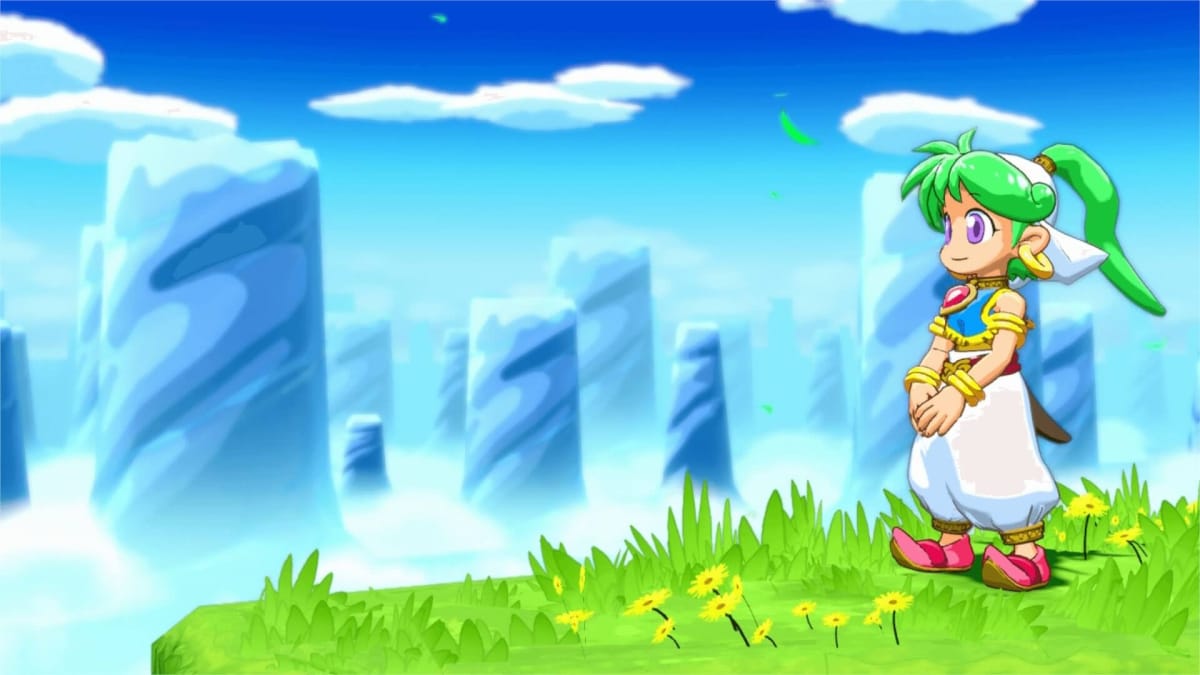First hitting selves in 1986, Wonder Boy is a 2D platforming series with a long and storied history that was all but forgotten until its 2016 revival Wonder Boy Returns, a colorful remake of the old arcade classic. Following the success of this game and its sequel, Wonder Boy: The Dragon's Trap, the franchise has been enjoying a bit of a renaissance in recent years, which culminated in the release of the first wholly original addition in over two decades with 2018’s Monster Boy and the Cursed Kingdom. Despite Wonder Boy: Asha in Monster World being another remake, as a reimagining of 1994’s Monster World IV it represents the first time this particular game has received a western release, so it's still an exciting addition for both new fans and series veterans.
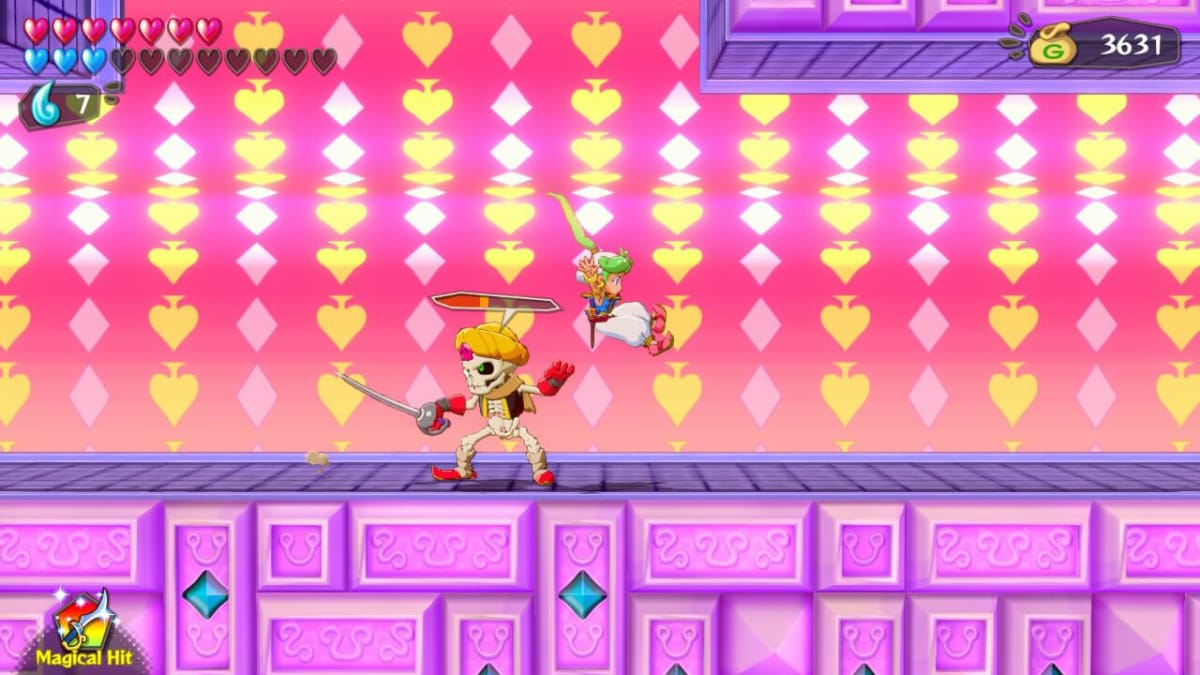
Although the previous two remakes have adopted a charming 2D hand-drawn art-style, Wonder Boy: Asha in Monster World is the franchise’s first foray into 3D cel-shaded visuals. The game still maintains the same traditional side-scrolling camera and platforming action as the other titles but can also utilize the new three-dimensional environments to allow you to walk away from the camera and interact with the 3D plane.
The few places where this effect can be triggered are very restricted and always clearly demarcated by on-screen prompts. Despite this, and the locking of 3D to cardinal directions, the ability to explore areas that would more traditionally be confined to inaccessible background scenery helps set this entry apart from the rest by, both literally and metaphorically, adding a whole new dimension to gameplay.
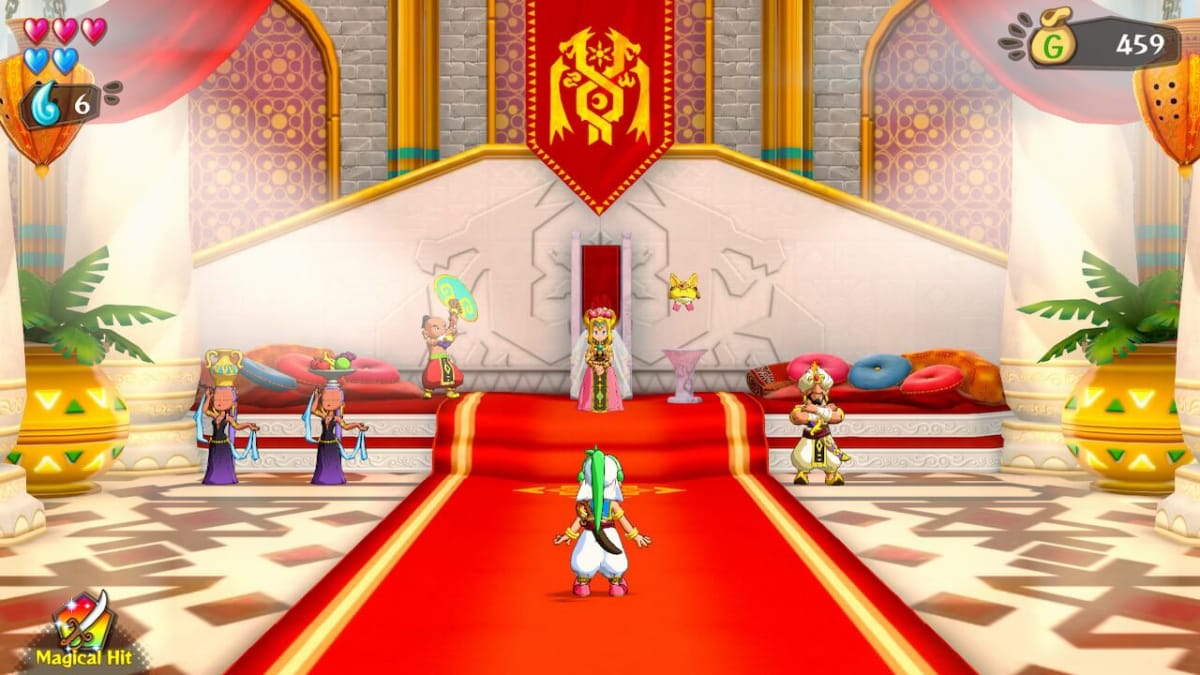
As a result, many of the game’s buildings are designed like fascinating miniature dollhouses, with interconnected layers that must be traversed to reach your goal. Often, item pickups are clearly visible on one side of the screen when you enter a new area but are blocked by walls or other obstacles that can only be circumvented by careful movement between the background or foreground.
Exploration is always rewarded by treasure chests containing either money that can be spent on weapon or life upgrades at in-game shops and vending machines or through the acquisition of life drops, which contribute to your overall number of hearts. The satisfaction when reaching a seemingly inaccessible area through a maze of back is second to none, so it is a little disappointing that this gimmick is only really explored in the introductory area and Rapadagna, the game’s Arabia-inspired city hub world.
The four elemental dungeons on the other hand, which occupy the bulk of gameplay, focus instead on introducing their own stage-specific mechanics, including falling fireballs, water jets, and plenty of unique twists to keep the abundance of precision platforming sections interesting. This leaves each area feeling incredibly distinct and fresh, pairing nicely with the huge variety of unique enemy designs you will encounter. To overcome these enemies, the protagonist Asha has an easy to learn moveset of attacks to chip away at their health bars in addition to a basic shield that can be used to block incoming projectiles.
Early in the story, you also gain a pet Pepelogoo for company, a blue bat-like creature, which you can call over to your current position at any time in order to double jump, float through the air with its amusing wing-like flappy wings, or interact with the environment in other useful ways. Alongside your attacks, the ability to jump over most of the more powerful enemies should see you gleefully powering through the early game, and even beating some mini-bosses, with little more than a scratch. It’s not all plain sailing, however, as the difficulty drastically increases when you reach each stage’s final boss.
Antiquated Annoyances
Bizarrely, the fire themed boss of the first dungeon, in particular, is wildly disproportionately difficult when compared to the challenges the rest of the game has to offer. As one of the few bosses with multiple forms, this fight would already be hard enough, but a combination of randomly dispersed area-denial attacks and unpredictable movement felt completely at odds with the more formulaic, pattern-oriented nature of the later battles. This boss was also the only enemy in the game that suffered from inaccurate hitboxes, being off by at least a few centimeters in some animations, leading to a number of incredibly unfair hits and what felt like countless incredibly disheartening deaths.
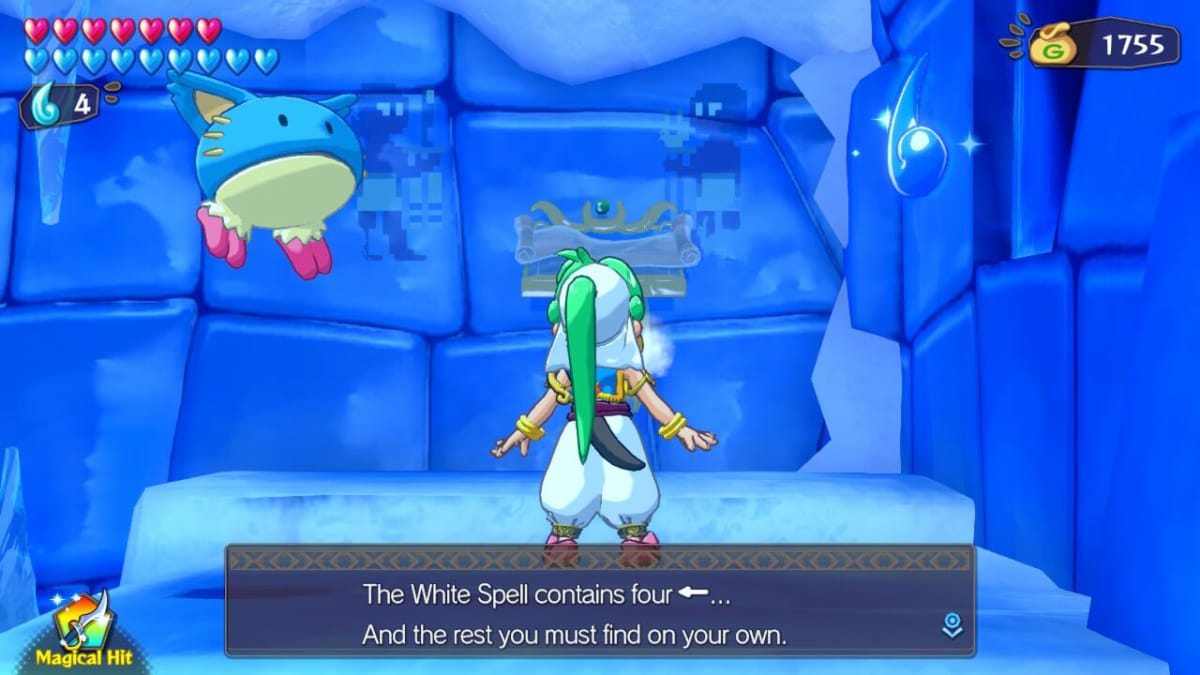
Frustratingly, the lack of an autosave function paired with the fact that boss fights often come without warning and at unpredictable times means you have to constantly halt your progress throughout the many dungeons to pause and pull up the save menu to slowly manually select one of the 12 available save slots to stop yourself from losing large amounts of progress if you suddenly die. A quality of life change like the addition of autosaves is exactly the sort of thing I would have expected to see implemented in a remake, so it is unfortunate that no such option was included here.
It is also worth noting for Nintendo players that while the game looks and runs excellently on the Switch in handheld configuration, there is a huge performance decrease when playing in docked mode. The stutters and framerate drops, which are particularly prevalent while jumping, can make reliably landing on moving platforms considerably more difficult than it otherwise would be and meant that I was restricted to handheld play for the majority of the game.
A post-launch patch to help alleviate some of the framerate issues, fix these troublesome hitboxes, and add an autosave function would go a long way to improving the overall experience.
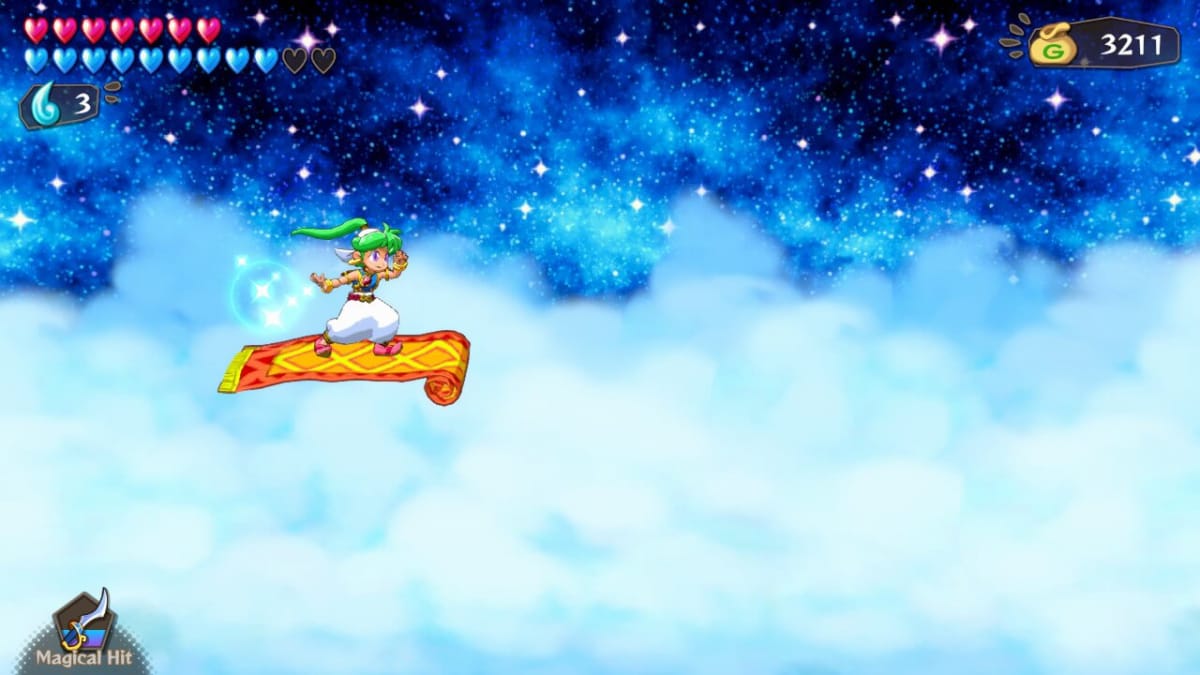
Otherwise, the core content of Asha’s adventure is, for the most part, the intensely enjoyable platforming fun you could expect from a Wonder Boy game. The penultimate ‘cloud palace’ level is a particular stand-out highlight, featuring lavish casino-inspired visuals, some of the best music in the series so far, and even a number of Sonic-esque spring-loaded jump pads that kept navigation of its large open areas from ever becoming dull.
Each map you explore is immensely colorful and visually beautiful in its own right, but one in particular, the ice pyramid, is also a stand out section but for all the wrong reasons. A multi-section labyrinth of frustrating hidden doorways, pointlessly long and repetitive empty corridors, and painfully surface-level puzzles, the ice pyramid was the only stage I felt missed the mark in almost every regard. Its particularly long length meant that it completely overstayed its limited welcome. Luckily, the higher quality of the other three major levels and the game’s enjoyable plot—a simple but effective fare that still managed to pack a few unexpected twists—proved more than enough to keep me engaged despite this lackluster segment.
Wonder Boy: Asha in Monster World Review - A Hero's Journey
On the whole, Wonder Boy: Asha in Monster World is a welcome addition to the franchise but one that never quite manages to meet the greatness of its recent predecessors despite its many innovations. The new 3D visuals and the sheer number of mechanics and unique gameplay features Asha brings to the table make for a largely enjoyable ride both series veterans and platformer-loving newcomers will be able to appreciate. Although it is an impressively faithful and mostly enjoyable remake of Monster World IV, the overall experience is somewhat hampered by a small handful of technical shortcomings and the inclusion of one disappointingly dire stage that would have been better left in the past.
TechRaptor reviewed Wonder Boy: Asha in Monster World on Nintendo Switch with a copy provided by the publisher. It is also available on PlayStation 4.
Review Summary
Pros
- A faithful recreation that will delight fans of Monster World IV
- Charming visuals and catchy music
- The majority of stages and the 3D segments are a joy to explore
Cons
- Poor framerates and frequent stuttering when played docked on the Switch
- Lack of an autosave function paired with sporadic difficulty spikes is a recipe for frustration
- Some surface-level mechanics overstay their welcome
Have a tip, or want to point out something we missed? Leave a Comment or e-mail us at tips@techraptor.net
